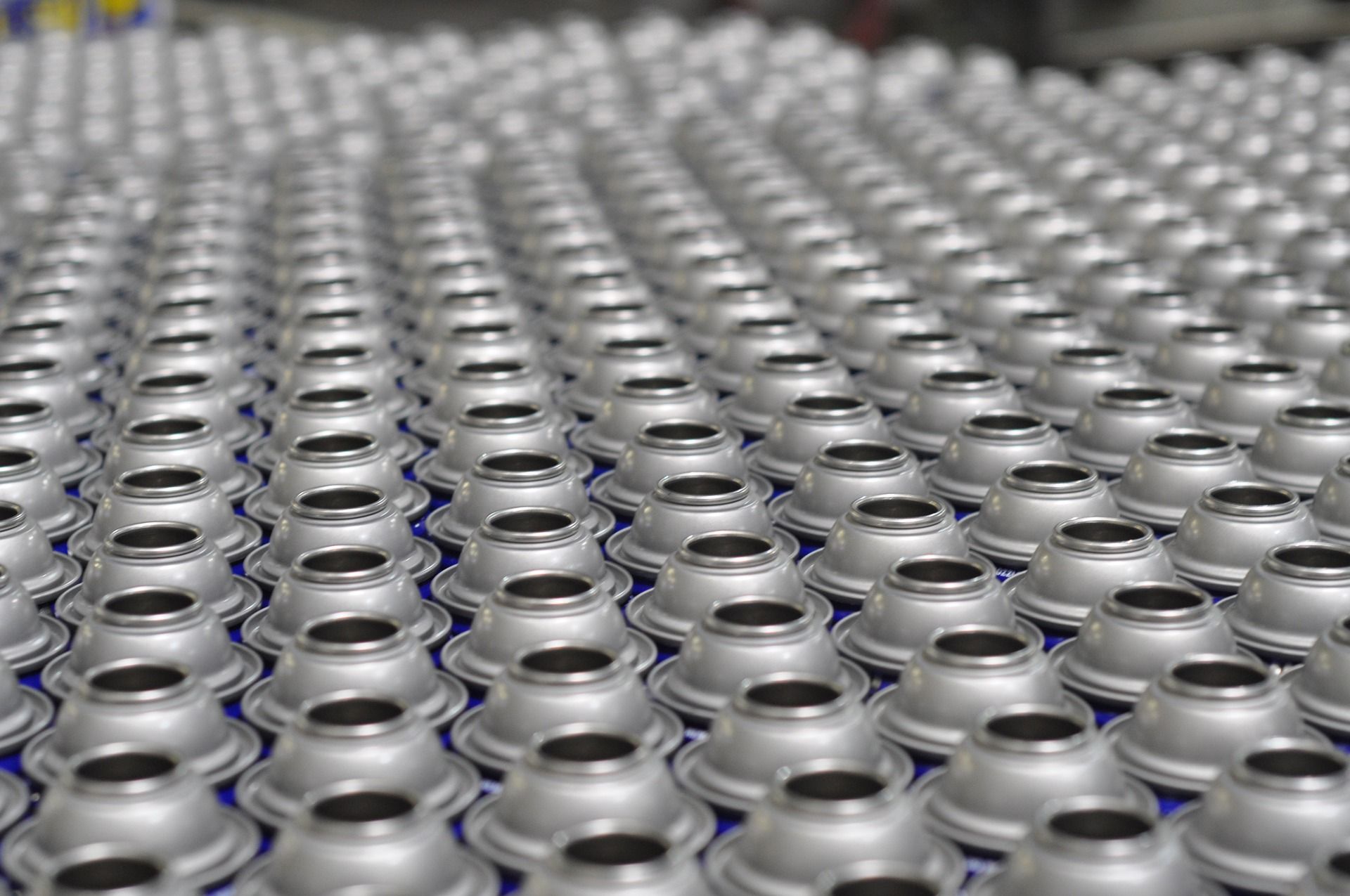Manufacturing so often feels like the ugly stepchild of the tech world. Cutting edge products are overwhelmingly consumer-focused, and when businesses do adopt tech, it’s often in verticals like software and financial services.
Manufacturing can end up feeling left out. The irony, of course, is that manufacturing stands to gain enormous business efficiencies from using digital tools because their operating costs are so much higher than other industries.
That is, if a manufacturing process can become even 1% more efficient, it can translate into significant savings quickly.
Which begs the question: what does digital transformation for manufacturing companies actually look like?
Here are 4 digital transformation trends impacting the manufacturing industry.
1 Data will move to the forefront of decision-making

Too often in manufacturing, there’s no centralized repository where real-time data can be accessed. It’s in spreadsheets, hand-written in logs, or closely tied to manual processes.
The result is that the various elements of the manufacturing process don’t actually know what everyone else is doing, nor do they know what’s going on in the process. Inventory is a perfect example. When inventory is manually checked in, or transitions between different stages of a manufacturing process, keeping track at each stage of how much you have is essential. And while it’s useful to be able to look back and see how close you were to your target, it doesn’t help you in the moment.
The result is either too much inventory, which takes up space and costs money to purchase (not to mention it can expire, if you’re working in a food/chemical setting), or not quite enough inventory, causing processes to grind to a halt.
A digital transformation solution is a combination of cloud-based infrastructure and streamlined inventory software that can be updated automatically by scanning in products. Essentially, it means that at every stage, each item is automatically checked and accounted for, allowing for closer inventory management, less wastage, and empowered decision-making at the manager – or even the line worker – level to solve problems fast.
Japanese retailer Uniqlo, for example, has a single inventory solution, where online sales are tracked and sales personnel can scan items to see their availability from the floor. The result is that each item is only sold once, and the single source of truth makes inventory management faster and more efficient.
At the end of the day, both the customer and the organization both benefit from having a single, centralized data repository.
2. Predictive capabilities will become more important

For as long as organizations have been manufacturing products, there’s been a struggle to make just the right amount. Make too much and there’s no market for it. You might even have to sell it off for less than your projection. Make too little, and you run the risk of leaving money on the table. It’s a source of constant inefficiency.
And while this is a struggle for everyone, from the hotdog stand on the corner deciding how many buns they’re going to sell to GM deciding how many SUVs they’re going to make, it’s especially challenging for manufacturing.
Why? Because the more expensive the product is to make, the worse off you are if you can’t find a buyer.
Digital transformation helps with predictive analytics. Predictive analytics is using those large, centralized data repositories to help predict future demand.
Not only that, but we think predictive analytics will begin to play a role in actually informing manufacturing design and innovation stages, helping organizations choose what they’re going to build. As supply chains grow faster and leaner, and costs of manufacturing decrease, the factory and the consumer are going to be closer than ever.
Over time, the distribution of goods from manufacturers to buyers is going to be only a few links long, meaning those who build and those who buy will be more intertwined.
Those who build need to be responsive to consumer demands. Fuelled in part by access to large ‘data lakes’, manufacturers will begin to look for consistent repeatable patterns (albeit very complex ones) that they can use to make decisions about what to build next.
3. Predictive maintenance will be essential for all manufacturers

While predictive analytics will help organizations manufacture the right products to drive profits while reducing waste, predictive maintenance will help both supply chains and manufacturers be more efficient.
Trucking companies, for example, have started using preventative maintenance at scheduled intervals to drive down the cost of maintenance bills. As more technology creeps into trucks, companies can get ever more precise on when their vehicles need to come off the road before there’s a significant breakdown.
Manufacturers will begin to reap those same efficiency benefits. By collecting data on various machines and processes and automatically and running it through software systems, they’ll be capable of finding potential problems before they become real problems. And when errors do happen, they’ll catch them early so they’re inexpensive and fast to fix.
BRP-Rotax, the company who makes Ski-doo engines for Bombardier, used this strategy to streamline its production process. The business implemented a software solution that integrated its ERP with the production floor. Combined with tagged components and real-time data reports, the business was able to find problems and fix them early on, helping drive down costs and improve production efficiency.
4. Business processes will become more integrated

Finally, we predict business processes and systems will become more integrated. By that, we mean that business processes that sell products and those that build them will no longer exist in silos, but rather be two sides of the same coin.
Currently, many manufacturers have two business silos – those who make the product in one, and those who sell it, market it, process it, and administer it in the other.
However, there are obvious disadvantages to this system.
Namely, those who are trying to sell the product sometimes don’t know what they’re selling, and those who are making the product and those who are selling it don’t necessarily know what the other is doing.
This disconnect permeates all the challenges that digital transformation is positioned to fix. Manufacturers might not know what’s selling and what isn’t, and are being dictated to as to what to build. Their deep experience and expertise are effectively wasted. Conversely, the organization’s response to the market is slow, creating challenges for sales teams and frustration for manufacturers as last-minute orders and requests roll in.
Unifying business processes like sales, marketing, manufacturing processes, inventory, supply chains, and deliveries enable better data collection and information sharing, which in turn drives organizational change.
Suddenly, manufacturing can see what’s trending or come down the pipe and doesn’t rely on a memo from the operations team to get processes started. Managers have more autonomy, and customer needs are better met because organizations are more dynamic across the board.
Sales teams have the products that people want, when they want them, and administration costs for the whole procedure are reduced.
By increasing transparency with back-end systems integrations, organizations can reduce inefficiencies, respond more effectively, and bring products to customers faster than ever before.
Wrap up
Digital transformation is coming for the manufacturing sector. It’s not a matter of if, but a matter of when, and in many cases it’s already underway.
From looking at how business systems and processes have been transformed in other industries, we have a good idea of what changes are going to come to manufacturing. Better data integration and back-end systems integrations will empower organizational transparency and empower managers to make data-driven decisions as and when they need to. Those data structures will also transform how organizations manage predicting demand and customer interest, and how they manage maintenance and upkeep.
Most significantly, digital transformation is going to de-silo organizations in a major way. No longer will there be distinct departmental information or restricted access spreadsheets. Rather, all organizational data will be stored in a central pool, with user access controlling who can see what, authorized at a central point.
By transforming the technology, data, and processes using technology, manufacturers can transformation how they do business, serving their customer, and themselves, better.
